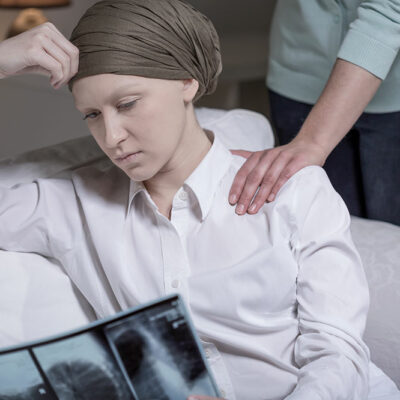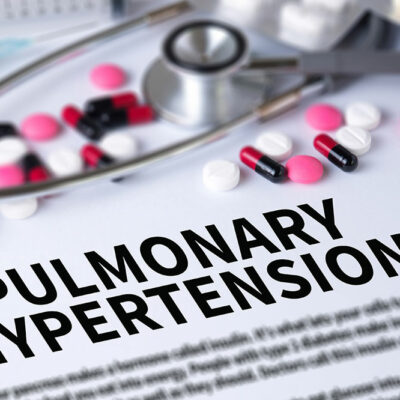
Health
5 Symptoms of Breast Cancer in Menopausal Women
Menopause is the time in a woman’s life when her menstrual cycle naturally stops. Studies show that women who enter menopause after the age of 55 are at a higher risk for breast cancer. If the cancer is detected at an early stage, it can be successfully treated. So, it’s crucial that all women are aware of the various symptoms of breast cancer that occur during menopause: 1. Breast pain Breast pain is one of the most common symptoms of breast cancer in menopausal women. It occurs when tumors form in the breast tissue. The tumor can be just a single lump, or it can be seed-like and spread across the breast area. Breast pain may also be an early warning sign of cancer, so it’s important to monitor the pain and report it to a doctor. Describing the pain in detail to the doctor, such as when, where, and how often the pain occurs, can help treat the cancer more effectively. 2. Itching Itchy skin is a common menopause symptom. However, if the itch is pronounced in the breast area and makes one scratch a lot, then it can be a sign of inflammatory breast cancer. Since this problem is common during menopause, many women don’t consider getting screened for cancer.
Read More 















